
The history of Egypt is infinitely remarkable. Rich in culture and intertwined with magnificent arts, Egypt is an epicenter of influence and inspiration to the world at large. To this day, Egypt is home to some of the most adorning musical melodies throughout history.
Some of the instruments used in Egyptian music today can be traced back to ancient Egypt, while some emerged throughout later centuries. Egyptologist Helen Strudwick notes how “music was everywhere in Ancient Egypt – at civil or funerary banquets, religious processions, military parades and even at work in the field.”
All quite familiar, these instruments have been with Egyptians – in times of grand celebration and in times of mourning – a perfect companion.
Sistrum
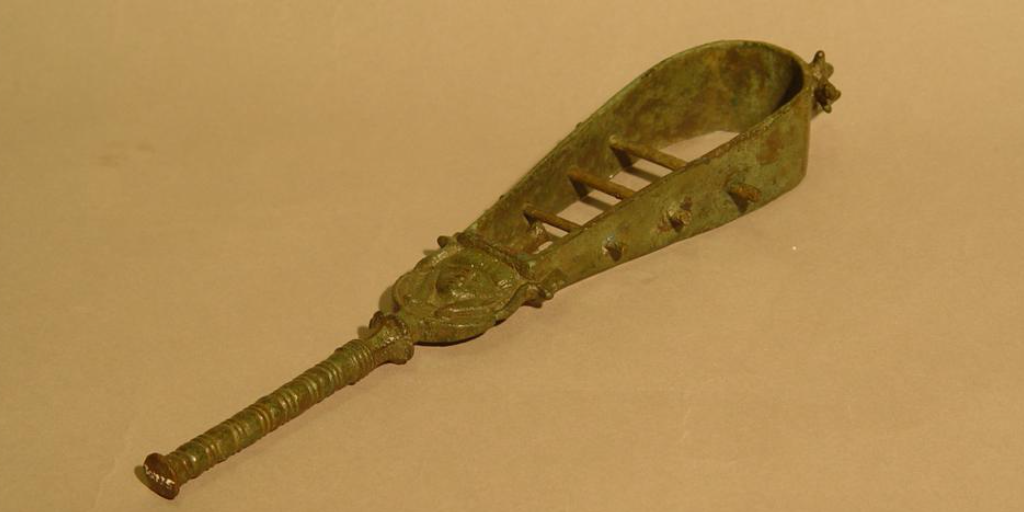
The sistrum, or rattle, is a percussive instrument made of wood and metal with a handle that branches into a U-shaped frame. The instrument dates back to ancient Egypt and was used in religious rituals to honor various goddesses. The sistrum was sacred and expensive, typically women of high rank, musicians, or priestesses possessed it. Different drawings show deities, including Isis, holding a sistrum in their hands. The U-shape of the sistrum closely resembled the Egyptian symbol of life, the ankh. The instrument traveled from Egypt to Ethiopia; it is still used in church ceremonies there.
Lute
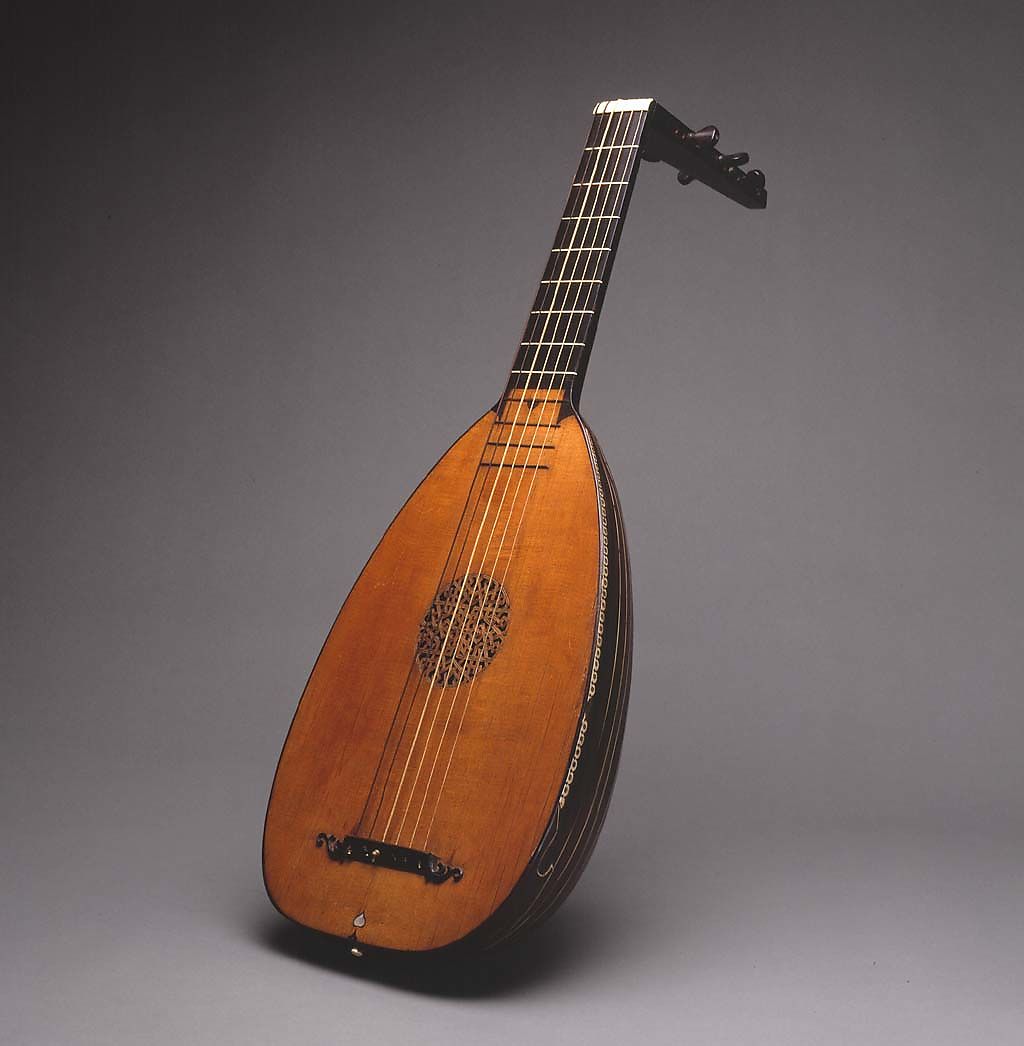
The lute instrument is believed to have been introduced in Egypt as a result of the Hyksos Influence. It is a string instrument with two or three leather strings on a long neck attached to a round body. The strings are plucked using a pick or fingers, similar to the modern-day guitar, and the strings vibrate over its hole, called the rose, creating a deep sound. There are short-necked lutes, but the long-necked ones were the most prominent. The lute was in the domain of female musicians, but some frescoes – including the royal tomb of Ramses III – show male musicians playing lutes. The Egyptian oud used today is one type of the family of short-necked lutes.
Clappers

The clappers, or castanets, were the first musical instruments used by musicians in ancient Egypt. The clappers provided cadence and beat and were used in many rites and ceremonies. The clapping sound the instrument made was believed to depict ancient Egyptians’ goddess of music Hathor. One example of the instrument was found in the tomb of Tutankhamun and is displayed at the Egyptian museum. The clappers were later hollowed-out and changed as a pear-shaped instrument made of hardwood such as ebony or rosewood; they were held together with string or cord. The instrumentalist laced the clappers in ivory and carved one end in the shape of a hand. A very close resemblance of ancient clappers are the loud clackers football fans take in matches.
Ney
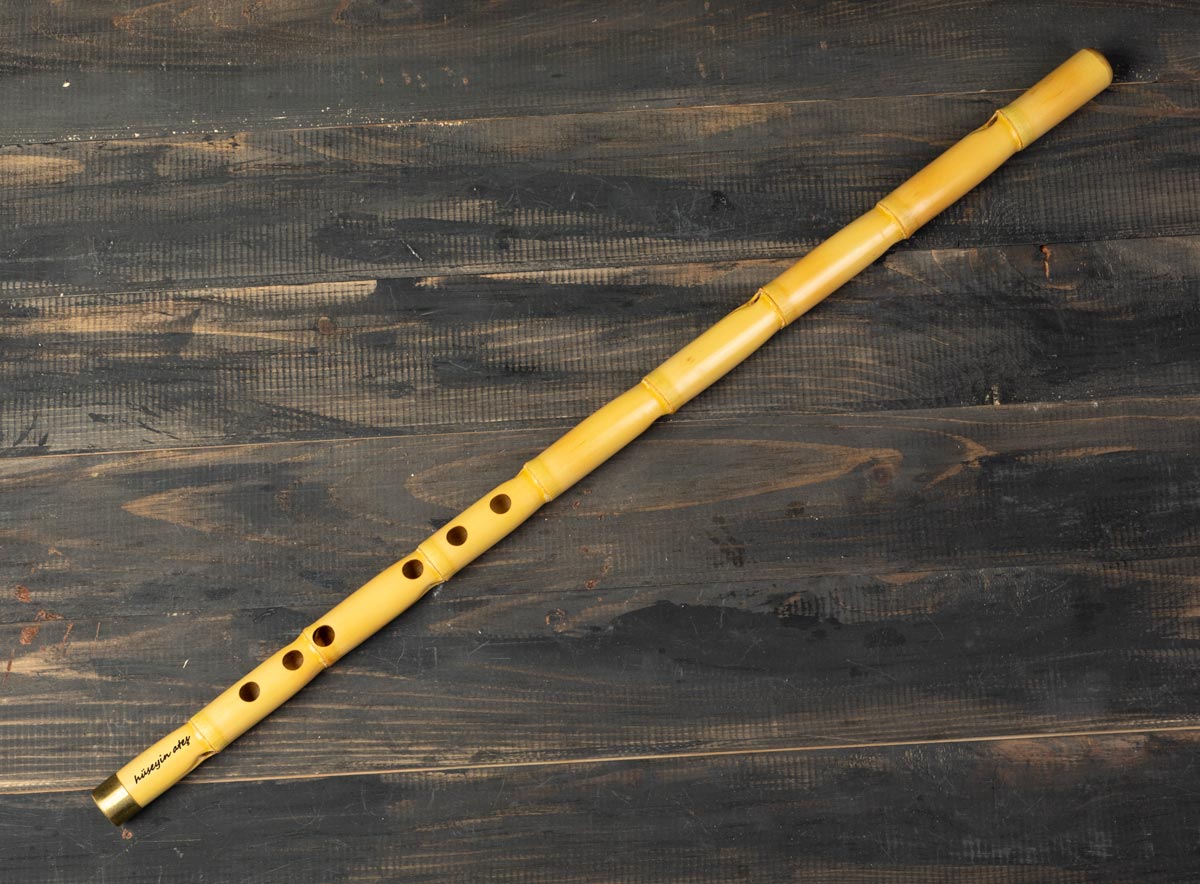
The Ney, an end-blown woodwind instrument with seven finger holes to change the tune by the air blown, is one of the oldest Egyptian flutes. The instrument has been used throughout centuries to create somber melodies—the paintings on the walls of the Great Pyramids of Giza how Ney players. The modern Ney did not vary in structure and is now found in Islamic communities used in prayer and worship.
Harp

The harp, or the benet, is one of the oldest musical instruments in ancient Egypt, dating back to 3000 BC. The Egyptian harp consisted of a long wooden neck with an arched sound box with strings attached to a diaphragm at one end and tied around the string arm or neck at the other, producing tunes by plucking the strings. Harps were often made out of precious materials; a harp made of ebony, gold, and silver was made for King Ahmose. Until this day, the harp is still considered one of the most elegant musical instruments.
Cymbals
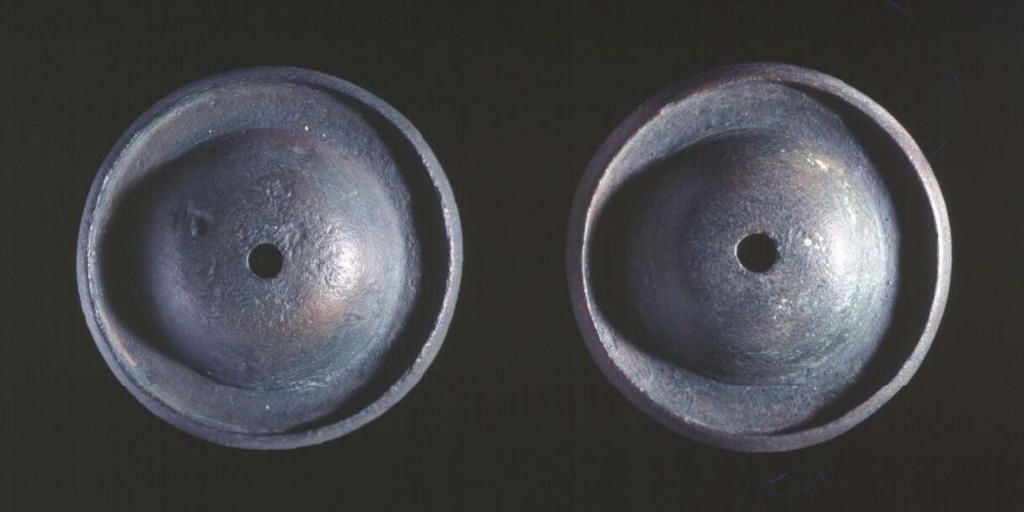
The cymbal, also a percussive instrument, is one of the most important instruments in ancient Egypt. Cymbals are round flat metal plates that come in pairs and vibrate when struck on one another. The cymbals, used to accompany drums and sistra, were widely used in military and religious events. The instrument could produce thrashing sounds when held horizontally and soft sounds when held vertically. Modern-day cymbals are often used as finger-held cymbals, mainly in Egyptian belly dancers’ performances. Cymbals are also used in modern-day drum sets and can be sorted into four categories; crash cymbals, ride cymbals, hi-hats, and effect symbols.
Lyre
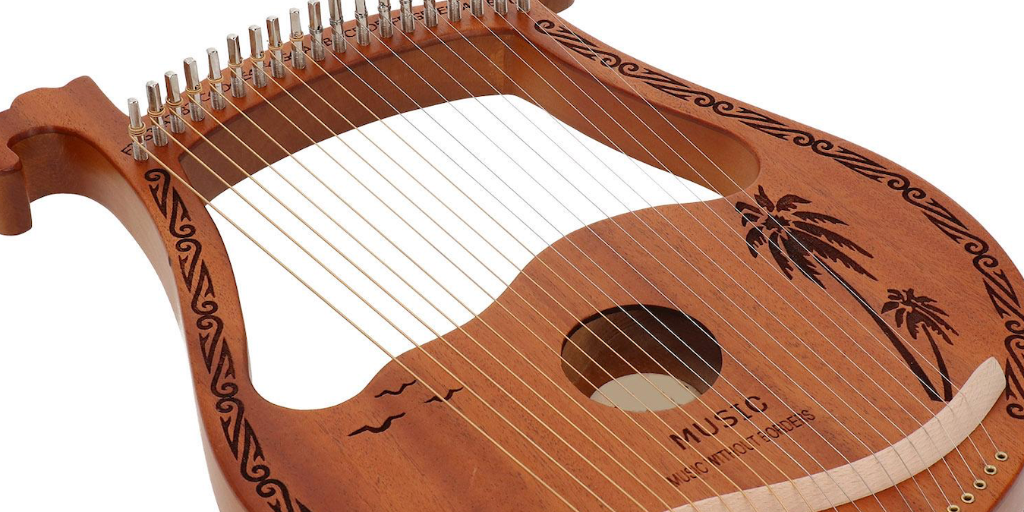
The lyre instrument, used by ancient Egyptians, served as an accompaniment for poetry readings, ceremonies, and banquets. Lyres are often mistaken for harps; however, there are key differences. Lyres are lighter, held by the players while playing, and plucked by a plectrum. On the other hand, harps are heavy instruments that partially rest on the ground when playing and are plucked by hand. Asymmetrical lyres were played horizontally, and symmetrical lyres were played vertically. Lyres are now named bowed harps and are commonly played in some countries such as Ethiopia.
Trumpet

The trumpet is one of the oldest instruments played in ancient Egypt. Ancient trumpets were made of wood and had a long pipe. They were often made of silver, bronze, gold, and terracotta, evidently used in parades and military reasons. Although mainly men played trumpets, women played the instrument in times of celebration and as offerings to various deities. Trumpets are now commonly used in classical and jazz ensembles.
Riq (Tambourine)

Famous for its radiant and jingling sounds, the Riq, or the Tambourine, dates back to ancient Egypt. The small instrument consists of bronze or copper jingles that are held in place by metal pins. The riq was mainly used in ancient religious ceremonies by female dancers, festivals, and funerals as well. The modern-day riq is still evidently used in dynamic ensembles, especially in folk and classical music. Visual representations of the Arab tambourine in art and photography suggest cultural exchanges of the tambourine throughout the history of Islamic Civilization.
Semsemeya
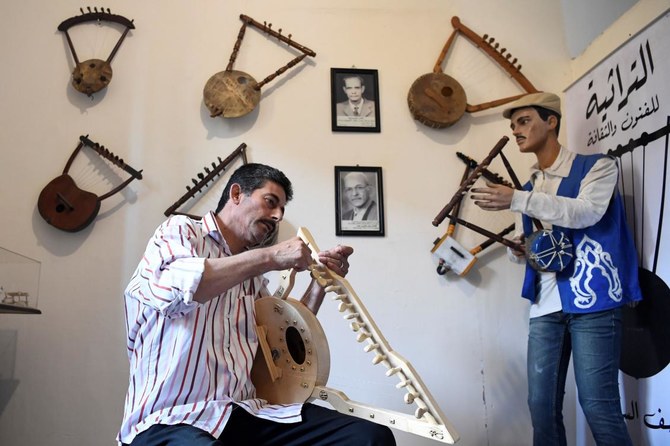
The Semsemeya instrument tells stories of history and culture. Adapted by Port Said musicians, the instrument was initially found in the coastal Bedouin desert communities across North Africa. The Semsemeya closely resembles a cross between a guitar and a harp, played by resting its sides on one and plucking its string with a hand or al risha. The instrument is popular in Egyptian folk music, especially in cities along the Suez Canal.
Mangour

Traditionally used in the Zar ensembles and fan at-tanboura, the mangour is a leather belt made of goat hooves and studded with cowrie shells. The Zar, a spiritual ceremony, found its way into Egypt during the 19th century. The mangour is among many traditional instruments used in the Zar ritual, whereby mainly men wear it around their waist and simultaneously clap their finger cymbals, or sagat, to create a rattling sound when the hooves collide with each other.
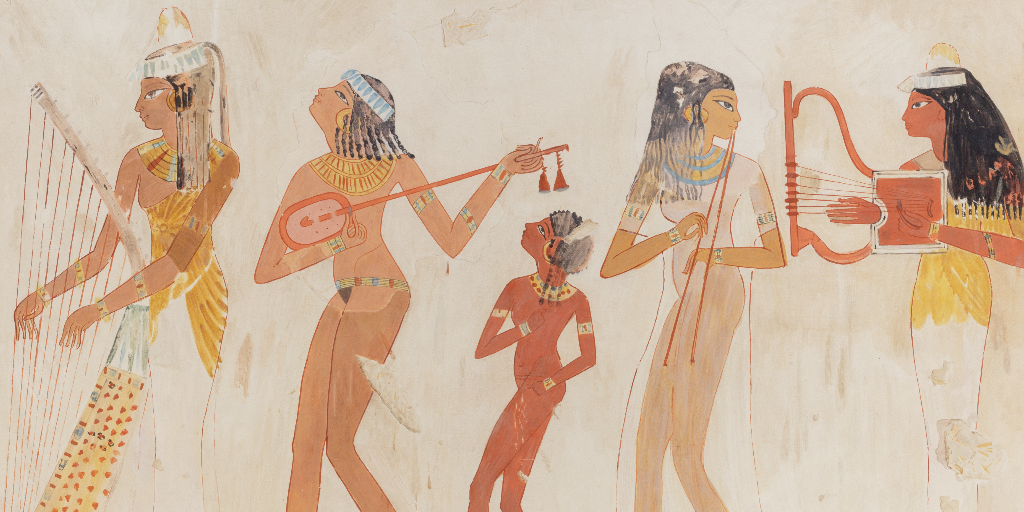



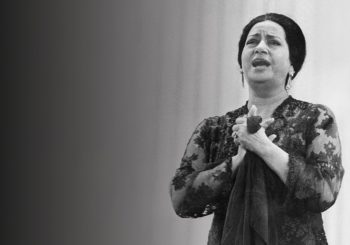

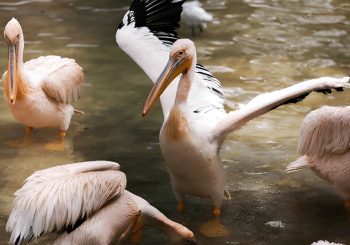
Comments (3)
[…] عمره ، تعلم العزف على العود وبحلول التاسعة بدأ العطاء عود دروس للنساء في الإسكندرية الذين لم تسمح ثقافتهم […]
[…] From the ripe age of eight years old, he learned to play the lute, and by nine, started giving lute lessons to women in Alexandria whose culture did not permit casual engagement with adult […]